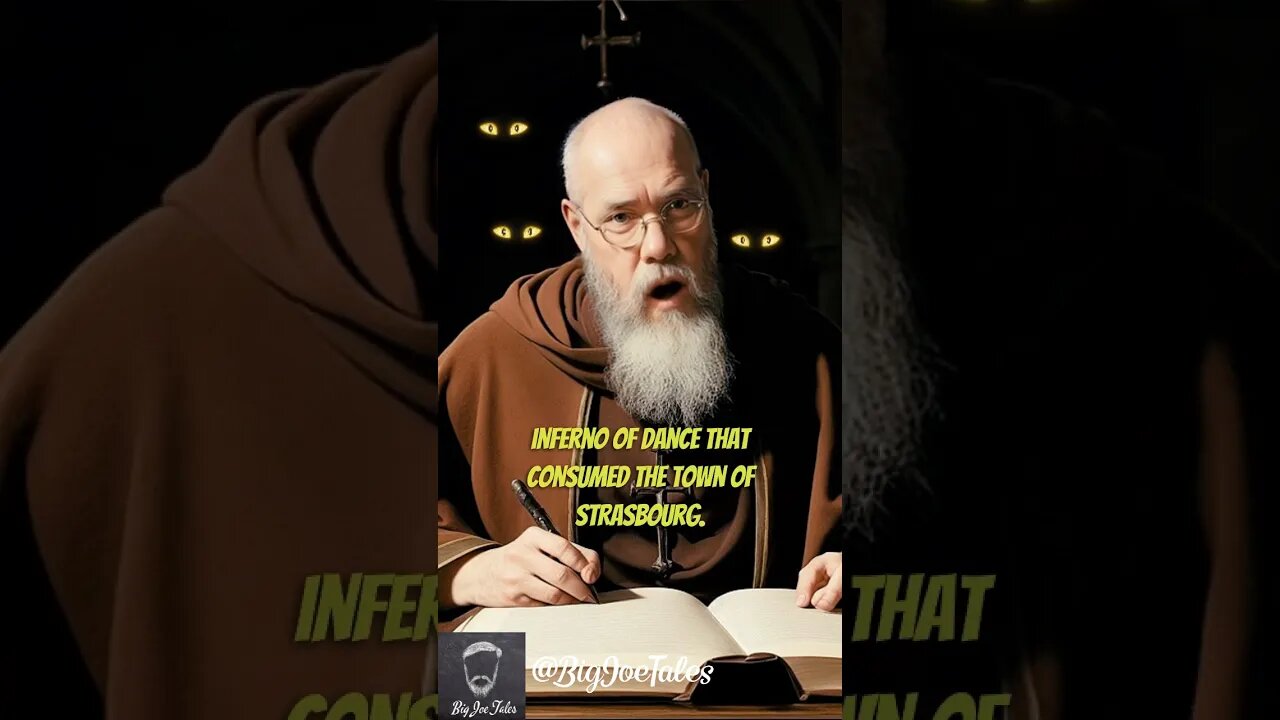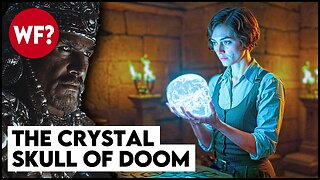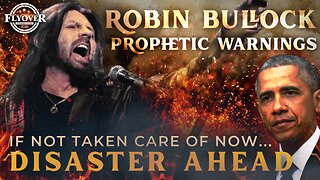Premium Only Content

The Dancing Plague of 1518 #shorts #story #history #historyfacts #weird
Hey there! Thank you for watching and supporting my YouTube channel! If you've found my videos entertaining and would like to show your appreciation, you can buy me a coffee. Your contribution, while not necessary, can greatly assist me in creating more useful content. I genuinely appreciate your support!
https://www.buymeacoffee.com/BigJoeVisuals
The Dancing Plague of 1518 was a historical event that took place in Strasbourg, a city in what is now modern-day France. It was characterized by a phenomenon where hundreds of people started dancing uncontrollably in the streets, seemingly unable to stop, sometimes leading to exhaustion or even death.
The outbreak began in July 1518, when a woman named Frau Troffea began dancing fervently in the streets of Strasbourg. Within a week, the number of dancers had grown to around 400, and they continued to dance for hours, days, and even weeks without rest. The phenomenon spread throughout the city, affecting a significant portion of the population.
The dancing was described as involuntary and accompanied by symptoms such as dizziness, hallucinations, and in some cases, injuries due to exhaustion. The affected individuals seemed to be in a trance-like state, unable to control their movements, and many danced until they collapsed from exhaustion or suffered heart attacks or strokes.
As the situation escalated, authorities initially believed the dancing was caused by supernatural or demonic influences. They attempted various methods to address the issue, including organizing processions and hiring musicians to accompany the dancers, hoping that the frenzied dancing would eventually wear them out. However, these efforts had little effect, and the dancing continued.
Eventually, medical professionals and authorities began to consider a physiological cause for the dancing. Theories ranged from a fever-induced psychosis to mass hysteria. Some suggested that the dancing was a result of ergot poisoning, caused by consuming contaminated rye grain infected with the fungus Claviceps purpurea, which can produce hallucinogenic effects.
The dancing plague gradually subsided by late September 1518, approximately three months after it began. The exact cause of the event remains uncertain, as there are limited historical records available, and many aspects of the incident are still subject to speculation. It is important to note that the Dancing Plague of 1518 is considered a unique and rare occurrence, and there have been no documented instances of a similar scale since then.
The event has attracted attention from historians, psychologists, and sociologists, who have offered various explanations for the phenomenon. Some theories propose that it was a form of mass hysteria triggered by societal stressors, such as famine, disease, or social unrest. Others suggest that it was a cultural or religious ritual that got out of control. However, the true cause and nature of the Dancing Plague of 1518 remain a mystery.
Music in the video :
Royalty free -
"KevinMacLeod - Gregorian Chant" is under a Creative Commons (CC-BY 3.0) license
Music promoted by BreakingCopyright: https://bit.ly/bkc-gregorian
This song is free to use on YouTube and social media but you must include the following credits in your video's description:
-
 20:10
20:10
CartierFamily
18 hours agoAndrew Schulz DESTROYS Charlamagne’s WOKE Meltdown on DOGE & Elon Musk!
135K104 -
 33:56
33:56
The Why Files
9 days agoLegend of the 13 Crystal Skulls | From Mars to the Maya
94.1K44 -
 2:56:14
2:56:14
TimcastIRL
12 hours agoEPSTEIN Files DROP, FBI GOES ROGUE, AG Says They COVERED UP Epstein Case w/Amber Duke | Timcast IRL
221K148 -
 1:39:23
1:39:23
Kim Iversen
12 hours ago"Canada's Trump" Is Trudeau’s Worst Nightmare: Is Maxime Bernier the Future of Canada?
103K101 -
 DVR
DVR
Bannons War Room
10 days agoWarRoom Live
2.69M447 -
 16:06
16:06
The Rubin Report
19 hours agoProof the Islamist Threat in England Can No Longer Be Ignored | Winston Marshall
113K121 -
 2:07:07
2:07:07
Robert Gouveia
16 hours agoFBI Files Coverup! Bondi FURIOUS; SCOTUS Stops Judge; Special Counsel; FBI Does
140K101 -
 56:15
56:15
Candace Show Podcast
16 hours agoBREAKING: My FIRST Prison Phone Call With Harvey Weinstein | Candace Ep 153
191K120 -
 1:56:39
1:56:39
Flyover Conservatives
15 hours agoROBIN D. BULLOCK | Prophetic Warning: 2030 Is Up for Grabs – If We Don’t Act Now, Disaster Awaits! | FOC SHOW
72.9K20 -
 2:13:11
2:13:11
megimu32
12 hours agoON THE SUBJECT: The Epstein List & Disney Channel Original Movies Nostalgia!!
54.2K6